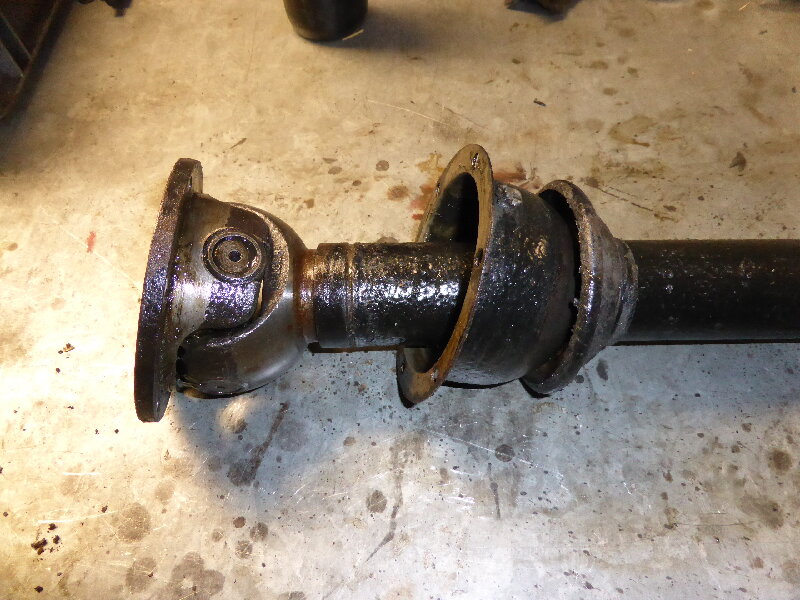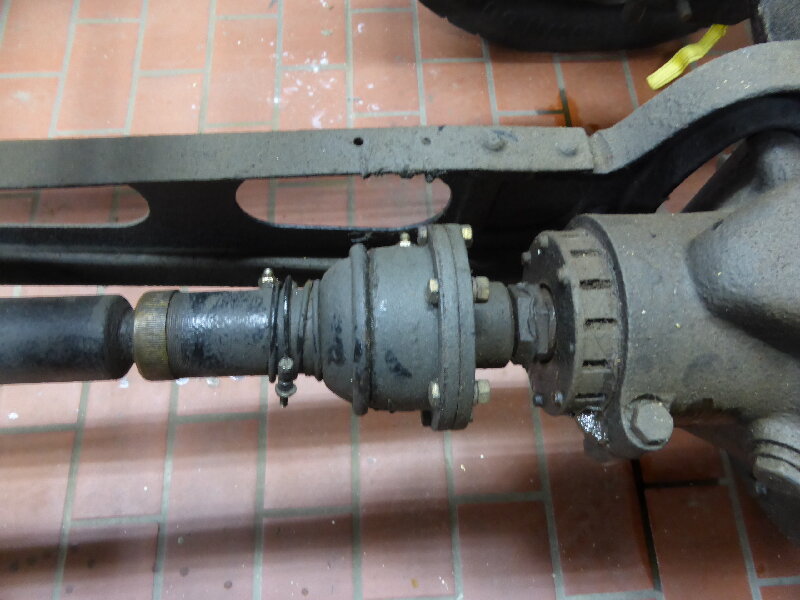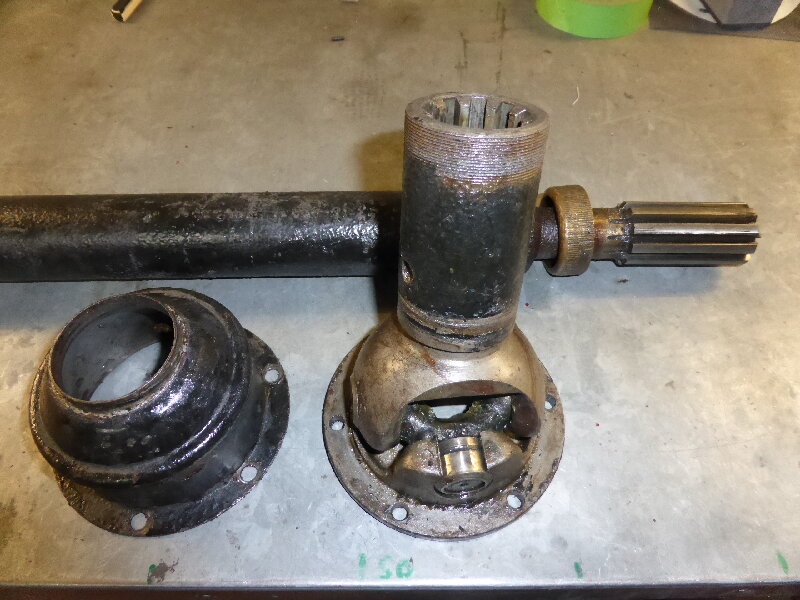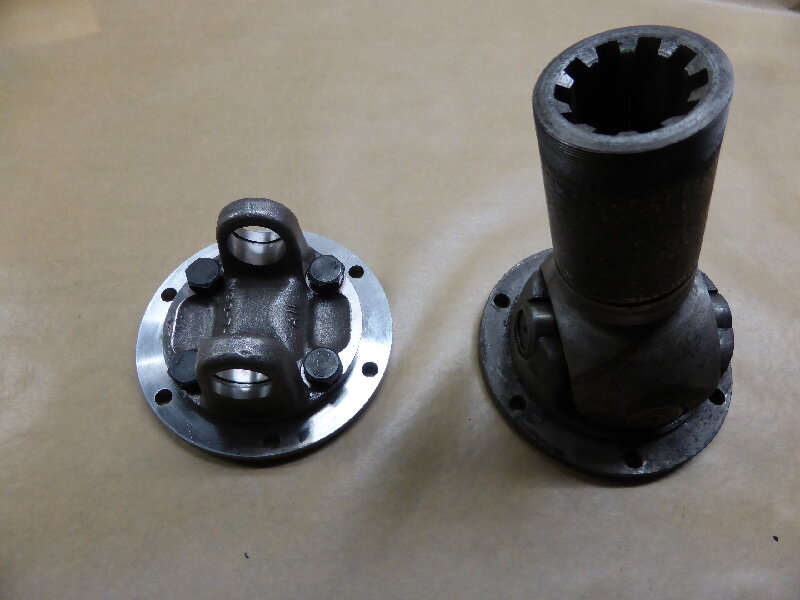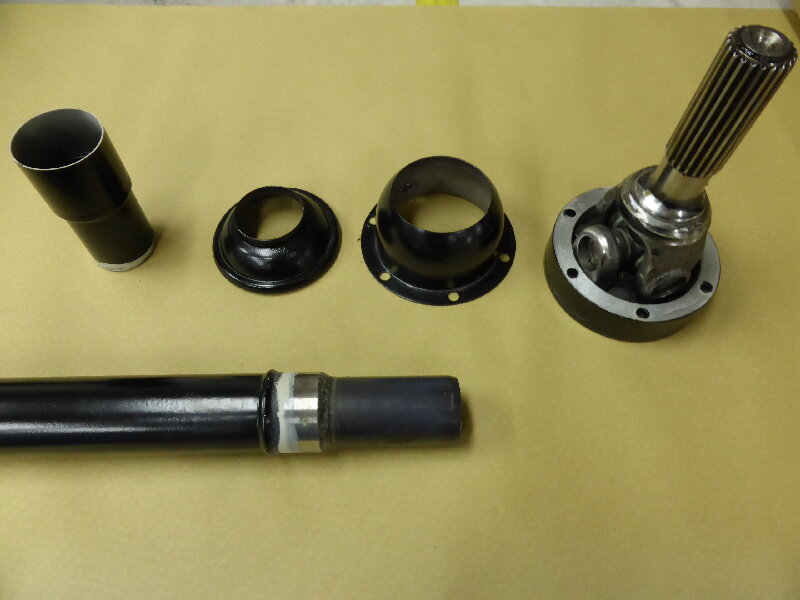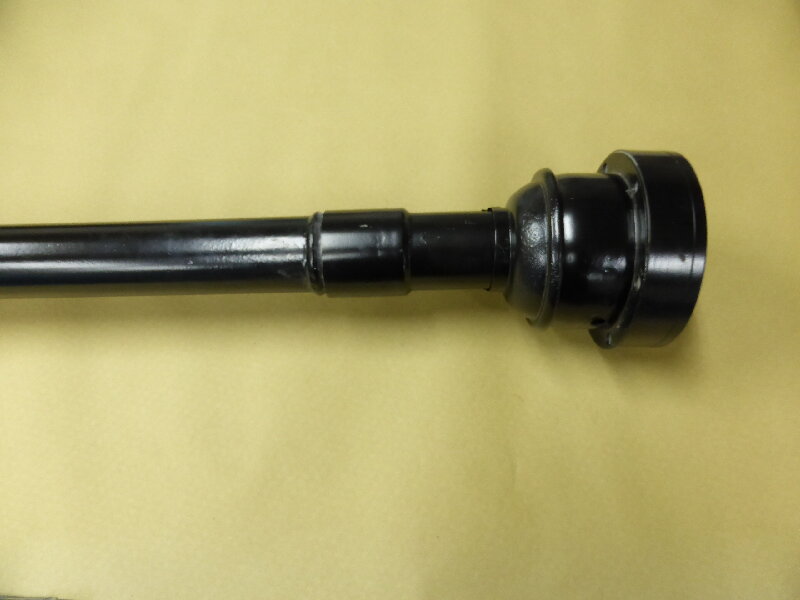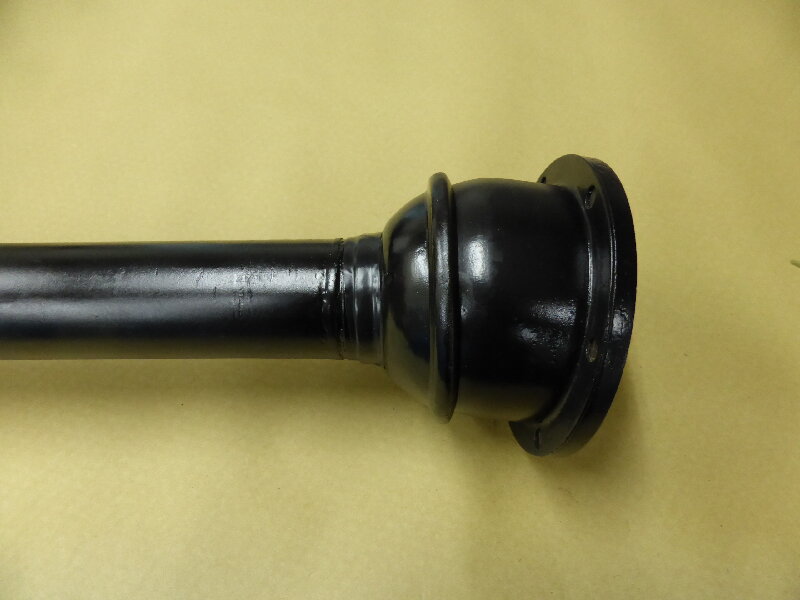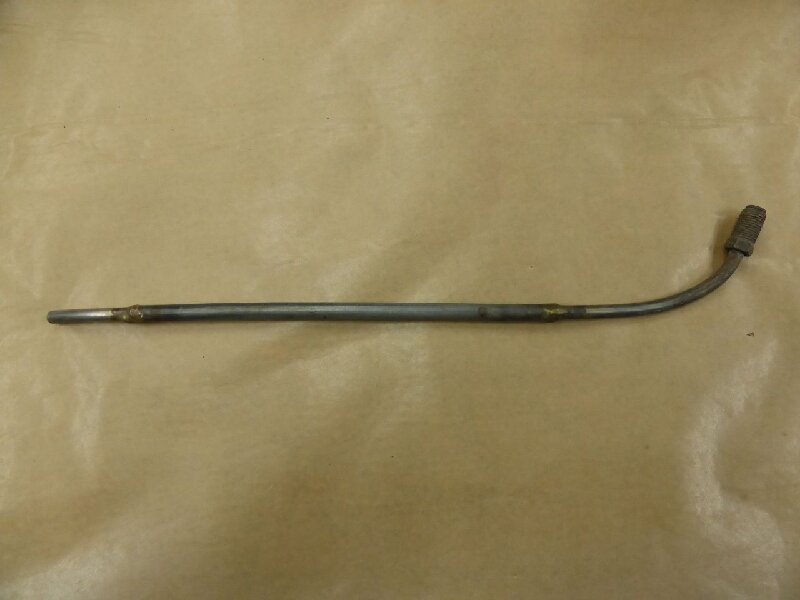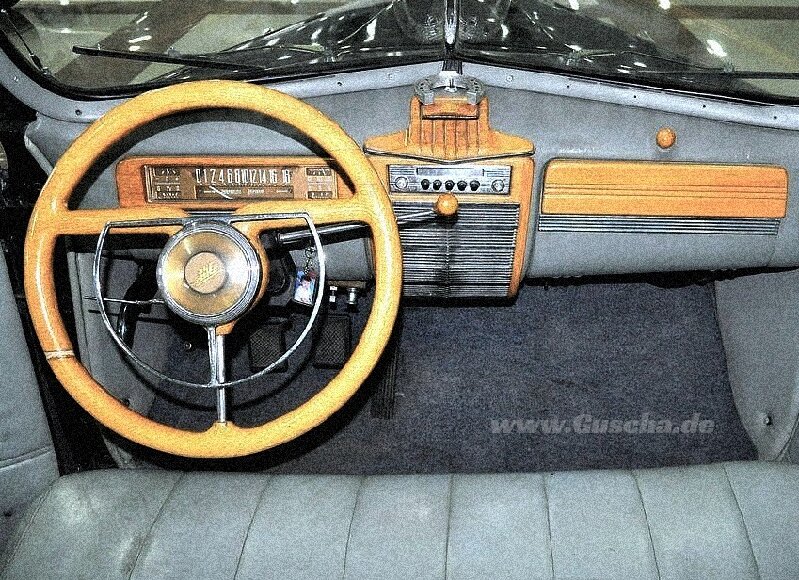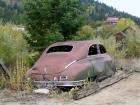|
Re: 1924 Sport 136
|
||||
|---|---|---|---|---|
|
Home away from home
|
What incredible work! It would take the sharpest eye to see that anything was different and looks like new. I am presuming by little comments here and there that all of this work was done long ago but whether the case or not, it is fun to follow along in spite my never having any car that early!
Posted on: 2024/2/26 13:53
|
|||
|
All generalities are false.
Once I thought I was wrong but I was mistaken. Don Pierson Packard / IMPERIAL page CA DMV Licensed Vehicle VIN Verification 1951 Henney-Packard 3-Door Long Wheelbase Air Force Ambulance The 1951 Henney-Packard is For Sale! 1954 Packard Patrician 1954 Packard Patrician Parts Car 1956 Clipper Custom Sedan |
||||
|
||||
|
Re: 1924 Sport 136
|
||||
|---|---|---|---|---|
|
Home away from home

|
Don,
You're right, I did this work 3 years ago. I have been restoring the 1924 Sport for a long time and have already explained on various occasions (including in the “Pre War” forum) why I could not do it in a shorter time. Because that was absolutely what I wanted. Health reasons and 3 stays in the hospital in the last 4 years made my wishes impossible. In addition, I had promised a friend that I would build a completely new soft top, including a new top frame with wood bows, on his 1929 Bentley Blower replica. This work also took more time than expected. So my work was repeatedly delayed. Incidentally, the course of a restoration like the one I am carrying out here cannot always be carried out in the order that was planned. The engine, completely restored, has been sitting on its assembly stand ready for installation for 3 years. Most of the interior is already ready for installation... but it still needs to be covered with leather first. Many small components that I have restored are also waiting to be installed. Most of the parts to be nickel-plated are also ready for installation. Another reason why this work has taken so long is that I can only carry out the majority of the work in the months in which the temperatures allow it, because my hall (barn) cannot be heated. I had separated a large part of my hall so that I could heat it. But for many reasons this was only possible electrically. However, electricity prices are hardly affordable here in Germany. For comparison... here in Germany a liter of Super Gasoline costs €1.90. That would be around €2 in the USA. So 1 gal. Gasoline then costs $7.60 in the USA. So you can compare the electricity prices/energy prices in the same way as the gasoline prices. All of this is the reason why I am reporting here partly on work that I have carried out some time ago. As for the cardan shaft... the parts in picture... 396 are not yet finally assembled. Because I can only weld the sleeve to the shaft once I have fitted the cardan shaft. And I can only do that once the engine and transmission are in place. And last but not least... I had no intention of showing my work here on PI when I started my work. Karl
Posted on: 2024/2/26 15:56
|
|||
|
||||
|
Re: 1924 Sport 136
|
||||
|---|---|---|---|---|
|
Home away from home
|
Karl, I'm glad you decided to share your work as it's absolutely wonderful and you're doing really well with English too! Everything is very clear.
Incidentally, my mother's family was from Germany with one side speaking Hochdeutsch and the other speaking Plattdeutsch but the last couple generations lived in Nebraska here in the USA. My grandfather's older siblings were born in Germany but he was born in Nebraska as were, of course, the siblings who were younger. I used to speak Hochdeutsch fairly well but it's been over 55 years so I've forgotten most although I got by reasonably well when we visited several years ago.
Posted on: 2024/2/26 18:03
|
|||
|
All generalities are false.
Once I thought I was wrong but I was mistaken. Don Pierson Packard / IMPERIAL page CA DMV Licensed Vehicle VIN Verification 1951 Henney-Packard 3-Door Long Wheelbase Air Force Ambulance The 1951 Henney-Packard is For Sale! 1954 Packard Patrician 1954 Packard Patrician Parts Car 1956 Clipper Custom Sedan |
||||
|
||||
|
Re: 1924 Sport 136
|
||||
|---|---|---|---|---|
|
Home away from home

|
My 1924 Sport has the "Westinghouse Airsprings" and it appears to be the only "Sport" in existence that has this special "extra". Unlike some other members in the Packard community here in PI and AACA, I do not agree with the views that these 4 tubes damage the view/image of the automobile. I consider these air springs to be a truly special technical design by a brilliant designer. At a time when most roads outside the cities in the USA were only moderately paved, this “air suspension” must have been a real improvement in driving behavior. Only the considerable price in relation to the price of the automobile itself probably had in the 1920s... (with the global economic crisis and other problems)… slowed down success. The hydraulic shock absorbers developed shortly afterwards were the final end for these air springs. In any case, I like these eye-catching components on my Sport that were obviously installed in the frame very early, if not when it was new, because there is nothing to suggest that they were installed later/subsequently.
The air springs were in the same lousy condition state as most of the other technical components on this automobile. However, I was able to read that most of the air springs that still exist and are on vehicles are no longer in function. I learned this from an article published in the “Horseless Carriage Club” magazine. Jonathan Reeve responded to a query from me in the AACA Forum and pointed me to this article. In this article I learned more and more about these air springs for the first time. He also gave excellent tips on restoring these components and what tools you need to build to get to the inner workings of the air springs in order to replace the important wear parts. The Westinghouse Corporation had not intended that these air springs could/should be repaired by third-party companies. Access can only be via the cap/hat and there is no way to use a conventional tool to remove it. In addition, this cap/hat... which was screwed onto the cylinder with a fine thread... was glued in the area of the thread. Anyone who is interested can find extensive documentation with lots of historical and technical information in the AACA “Locomobile” forum. forums.aaca.org/topic/377769-westinghouse-air-spring-option/page/1/ Two years ago, an owner of a Locomobil 1917 wrote to me who also had these air springs on his vehicle. He has carried out extensive research and compiled many interesting details on the subject of “Westinghouse Airsprings”. These can be found in this link shown above. In the pictures you can see which tool I had to build to open the cap. In the picture ……. 559 is still missing the welded lever to turn this construction. In the article by Jonathan Reeves it was described that they needed a 10 (?) foot long extension. In the pictures you can see what tool I had to build to open the cap. Build up enough torque to remove the cap from the cylinder. I didn't want to build up that pressure because I was afraid of damaging the cap. I carefully heated the cap with the open flame of a torch. This meant that the cap could be turned off with considerably less force, even with a 3-foot-long pipe. What emerged after removing the cap can be seen in the pictures. The cylinders were cleaned and then honed. They were in very good condition afterwards. A few more tools were needed to press the leather seals, which were reproduced here in Germany, into shape under my 15t hydraulic press for 24 hours each. The replica leather parts were only very imprecise in shape and therefore could not be installed. In addition, a two-part installation aid had to be produced, which made it possible to remove the leather seal built into the valve part... Similar to the piston rings when they are installed in the cylinders... to be pressed together so that they can be pressed into the cylinder together with the valve part/entire piston. I made the missing small covers/hats for the air valves directly on top of the cylinders from brass myself on my lathe, as well as the missing small oilers which are made from simple brass parts that you can find at any plumbing shop on the corner. A final problem was the missing badges on the lower part of the cylinders. I've been trying to find these for a year. Here at PI and also in the AACA forum. Actually, I knew it was pretty hopeless. So I looked for a company here in Germany that was able to make these badges. I then found a company that told me a waiting period of at least 8 months. And since this work was graphically very complex, there was no real commitment. I should ask again after 6 months. I called after 6 months and then about another 10 times every 2-4 weeks. At some point after more than a year the call came that the badges were ready. The work was really very good and the badges are indistinguishable from the original. I'd better keep quiet about how much the whole thing cost. But without this little “extra” something would really have been missing from the overall appearance of these air springs. After filling with oil and compressed air, there have been no signs of any leaks after around 2 years. My 1924 Sport now has one of the few completely and functionally restored sets of air springs. Attach file:  k-P1030559.JPG (105.34 KB) k-P1030559.JPG (105.34 KB)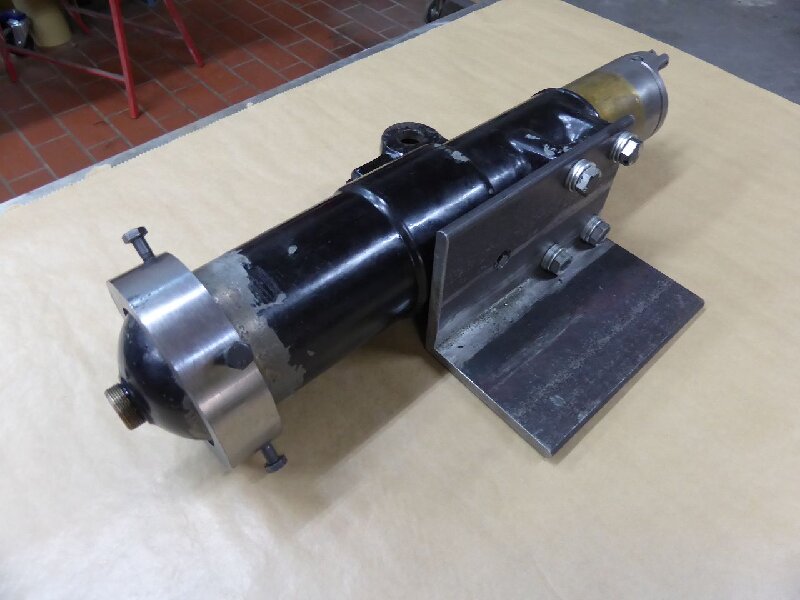  k-P1030596.JPG (143.92 KB) k-P1030596.JPG (143.92 KB)  k-P1030562.JPG (103.76 KB) k-P1030562.JPG (103.76 KB)  k-P1030564.JPG (115.38 KB) k-P1030564.JPG (115.38 KB)  k-P1030590.JPG (103.17 KB) k-P1030590.JPG (103.17 KB)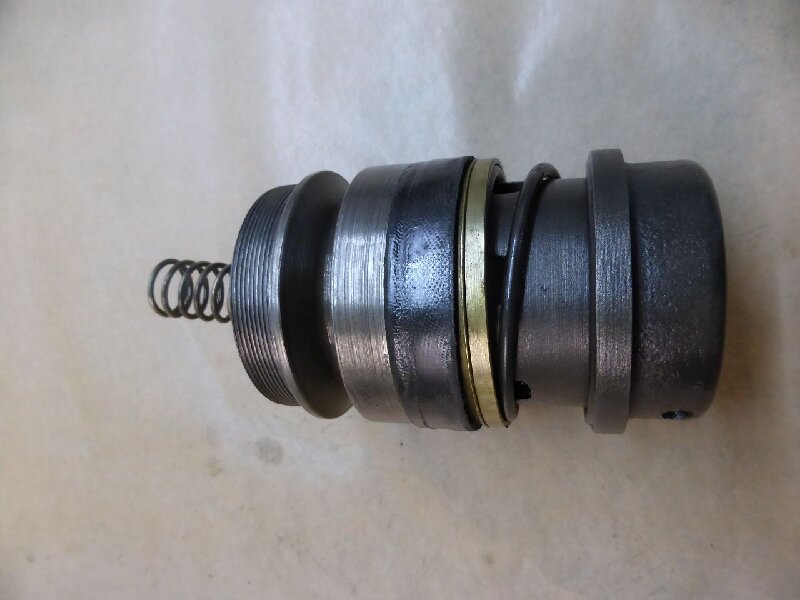  k-P1030578.JPG (126.36 KB) k-P1030578.JPG (126.36 KB)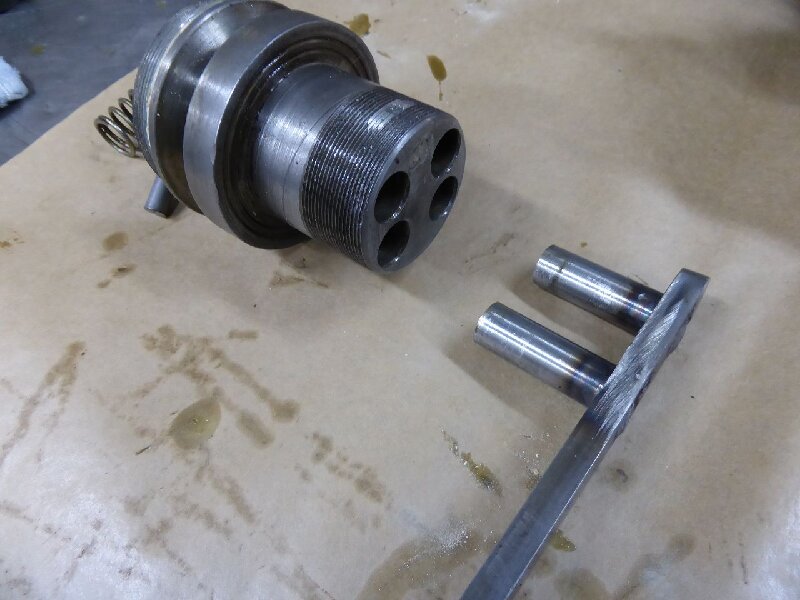  k-P1030574.JPG (114.64 KB) k-P1030574.JPG (114.64 KB)  k-P1030577.JPG (196.14 KB) k-P1030577.JPG (196.14 KB)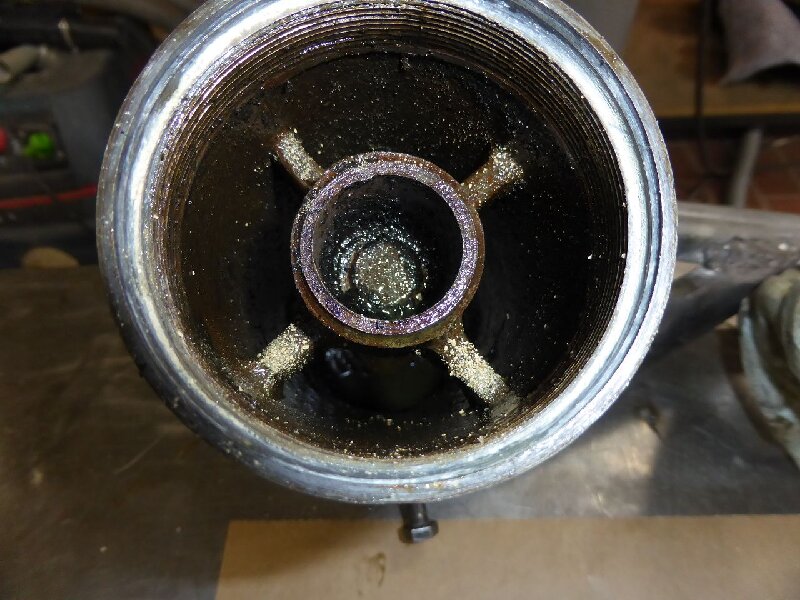  k-P1030581.JPG (96.45 KB) k-P1030581.JPG (96.45 KB)  k-P1030668.JPG (145.04 KB) k-P1030668.JPG (145.04 KB)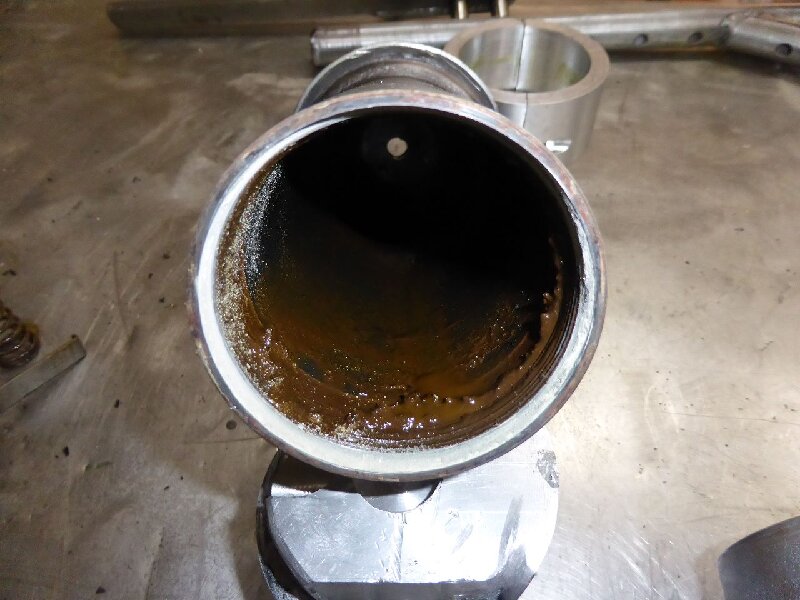  k-P1030671.JPG (109.43 KB) k-P1030671.JPG (109.43 KB)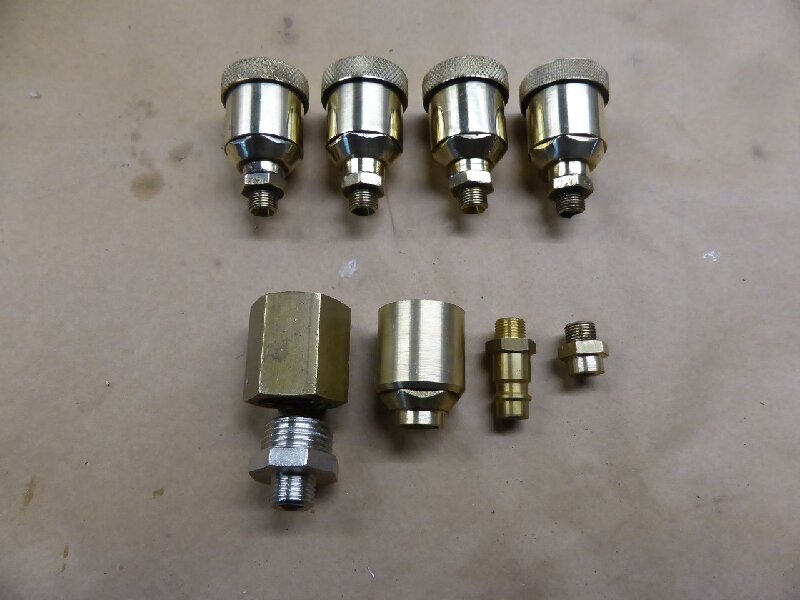  k-P1020942.JPG (184.37 KB) k-P1020942.JPG (184.37 KB)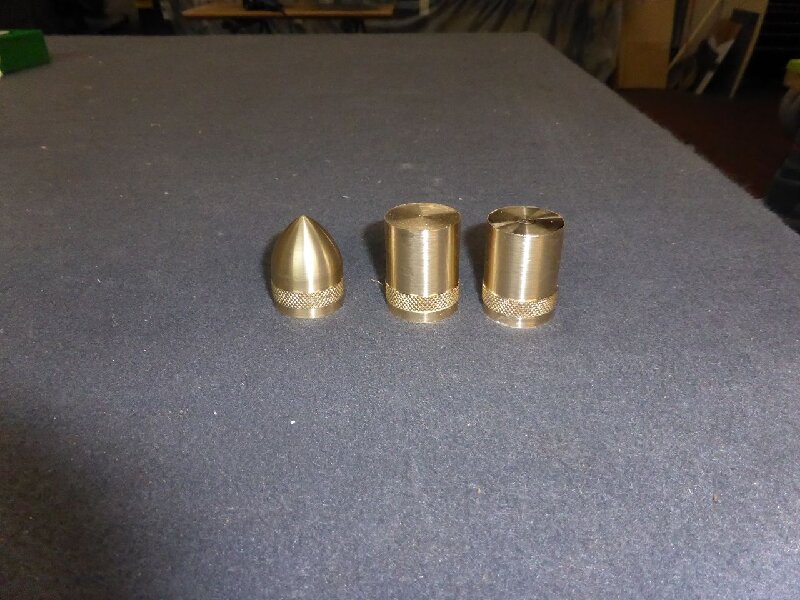  k-P1040120.JPG (162.25 KB) k-P1040120.JPG (162.25 KB)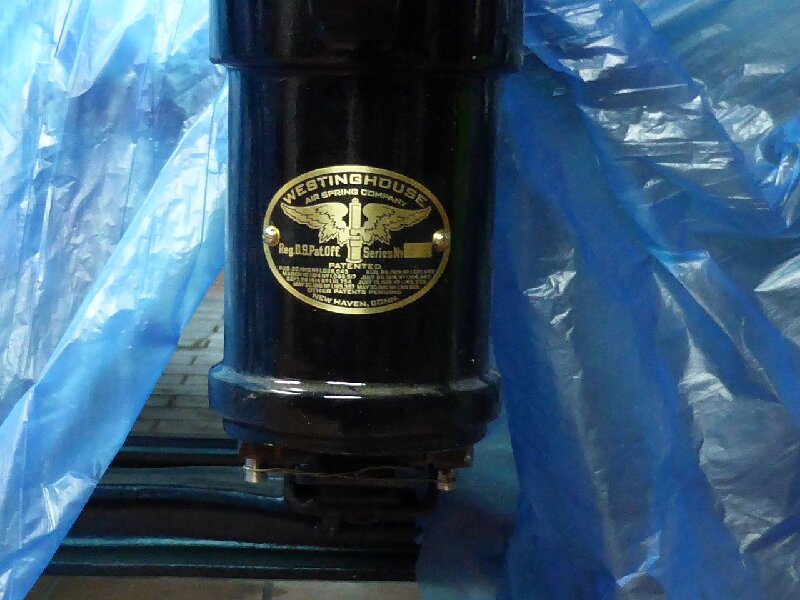
Posted on: 2024/3/1 11:07
|
|||
|
||||
|
Re: 1924 Sport 136
|
||||
|---|---|---|---|---|
|
Home away from home
|
The air springs are a very worthy accessory. They improve ride, handling, tire life, and safety, and help preserve the car from road hammering.
Posted on: 2024/3/1 12:17
|
|||
|
||||
|
Re: 1924 Sport 136
|
||||
|---|---|---|---|---|
|
Home away from home

|
……. just a little update on the current work. I've been commuting between home and the paint shop for the last 3 weeks. The paint work is nearly complet. All body parts are fully painted. Only the clear coat is missing. To do this, all parts has to be sanded again with 800 pads. Since this requires special care, I took on this work myself. The side parts of the hood took up the most time here again because the edges of the ventilation slots sandet through very quickly if you grind on them just one time too much. It was important to reduce the hours that the paint shop would have to spend ... by doing it by my self, so that this part of the restoration was still affordable. Because one hour of the paintshop is now incredibly high over here in Germany. I have known the owner for many years and have discussed this approach with him because during the time in which I prepare my car myself for the final two jobs, he can earn money more quickly on accident damage car paintworks during this time. So it's a win-win situation. The preparatory work for the clear coat has been completed now.
All that remained was to prepare the pin striping I chose. The right color also had to be selected. As I have already described on another occasion, I chose the color combination black and red for my car. The red is a very dark red. The tone had to match the red I chose for the interior leather and the carpet. It's about the fundamental tone. Maybe someone knows the replica of the 1926 Type 41 Bugatti Royale Torpedo for which Ettore Bugatti used the body of a 1924 Packard Touring. The color combination can be seen in the photo and I am of the opinion that the leather and body color do not harmonize because the respective basic tone goes in different directions. For the color of the pin striping, I chose the body color as the base color and lightened it with the light red, which is included in this dark red as one of the mixed colors, until the tone was contrasting enough for me, but not too mutch and not to light. I made experiments on a sample plate that I show here. The two stripes lying next to each other should... (not like the original) ... be applied to the black painted strip that runs around the body. In addition, these double lines are also placed at a suitable, close distance on the rims, which are also painted in dark body red. Karl Attach file:  k-Bugatti_Packard Rot.jpg (291.43 KB) k-Bugatti_Packard Rot.jpg (291.43 KB)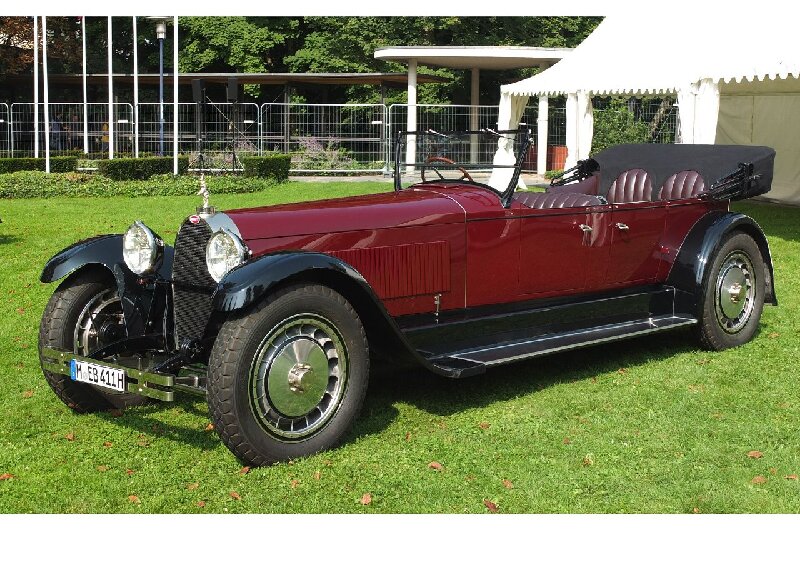  k-P1040404.JPG (236.26 KB) k-P1040404.JPG (236.26 KB)  k-P1040420.JPG (70.01 KB) k-P1040420.JPG (70.01 KB)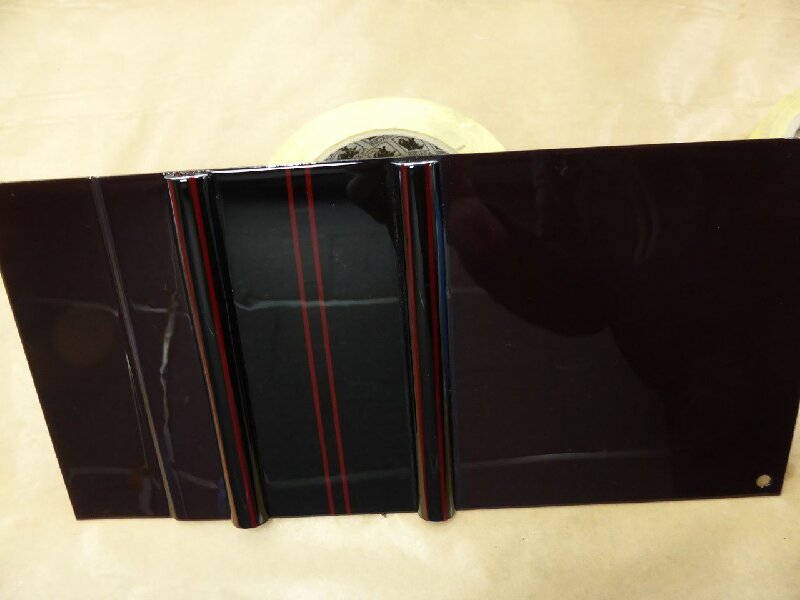  k-P1040421.JPG (61.06 KB) k-P1040421.JPG (61.06 KB)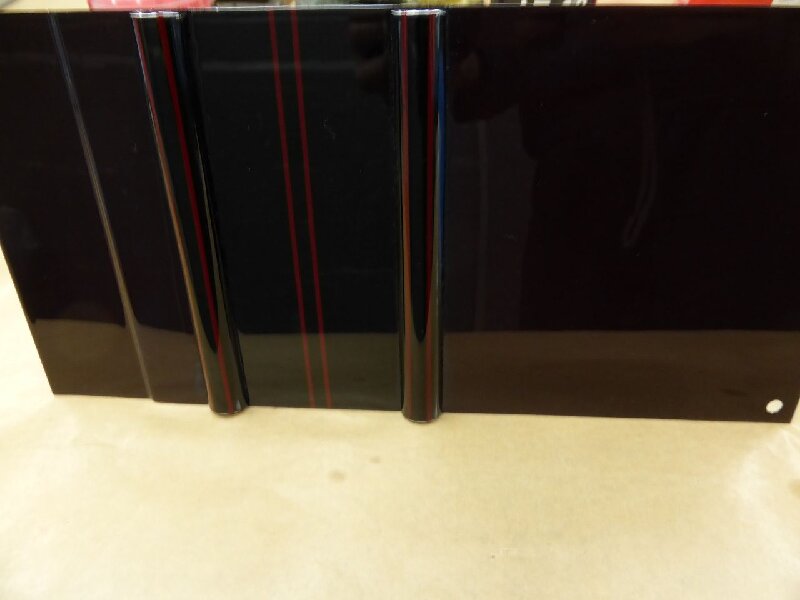
Posted on: 2024/3/12 13:39
|
|||
|
||||
|
Re: 1924 Sport 136
|
||||
|---|---|---|---|---|
|
Home away from home

|
The steering box (groove type… before worm type) was in good condition. It would have been even better if someone hadn't installed the ball bearing for the worm type gearbox, probably to eliminate steering play, instead of the tapered roller bearing that belongs to the groove type, which does not allow any play if it is adjusted accordingly.
The manual transmission offered the biggest surprise and showed some serious mistakes that only a layman could make when attempting to repair drive components. If this transmission had been on the road under full load for a longer period of time after this “repair”, it would probably have broken down into its individual parts. In any case, this is a good example of why I have only bought vehicles in unrestored condition for many years and then usually completely rebuilt them. I didn't even try to put components such as the engine, gearbox, rear axle or brake system into operation without dismantling and checking them. The same applies to the electrical system. It makes so little sense to restore an automobile with a lot of time and money if there is a risk that the whole thing will eventually burst into flames due to brittle wiring harnesses. After I disassembled the transmission it became apparent that one of the most important components was simply not there. Someone forgot... I can't think of another reason... to install the most important needle bearing between the main front driving shaft and the counter shaft (first and reversing gear). In addition, the adjustment unit for the axial play, which is installed in front of the needle bearing, was also missing. I discovered that the car was still drivable during a short test drive before I bought the car. The only noticeable reason was that the gearbox couldn't be downshifted. The fact that the car could be driven and shifted was due to the fact that the front driving shaft was mounted in a “wide” double ball bearing in the gearbox housing. This gave the shaft so much axial stability that the opposite end of the shaft, even though it was not supported, did not swing out of the axis so much that the gears still meshed. Higher speed and load would certainly have changed that. I had the needle bearing rebuilt here in Germany after PI members told me the length. The two dimensions for the inside and outside diameter resulted from the diameter of the drive shaft diameter and the inside diameter of the countershaft. I recreated the missing adjustment unit for the axial play of the drive shaft. This was possible because a helpful member of this PI forum sent me a sketch and photo. I'm ashamed to say that unfortunately I no longer know his name because I lost the email. But I believe the email came from somewhere in Northern Europe. Sweden... Norway... Finland??? In any case, thank you very much for that. The sketch and photo were very precise and helpful and it was easy to recreate the parts. In addition, the shift shaft locking plug and the associated springs, which prevent one of the shift forks from engaging the gears independently when the transmission is running (since they are not blocked), were also missing. All ball bearings were standard sizes and were replaced. As can be seen, the teeth are in good condition and show no significant signs of wear. This means that the transmission can now do its job for a longer period of time. Karl Attach file:  k-P1030502.JPG (222.97 KB) k-P1030502.JPG (222.97 KB)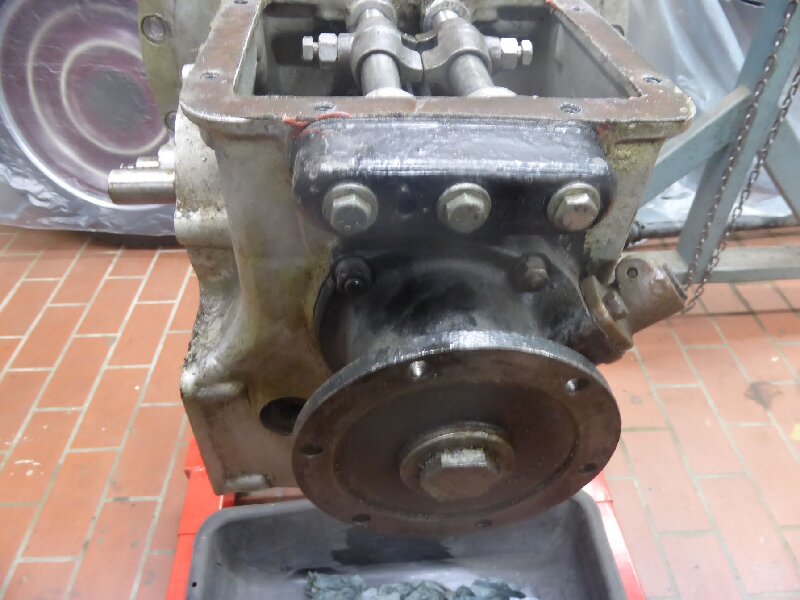  k-P1030499.JPG (284.18 KB) k-P1030499.JPG (284.18 KB)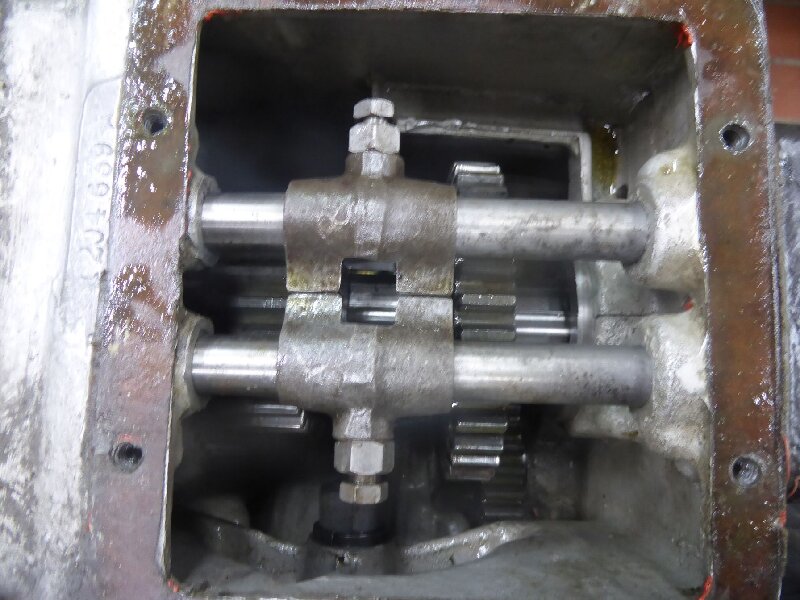  k-P1030513.JPG (211.58 KB) k-P1030513.JPG (211.58 KB)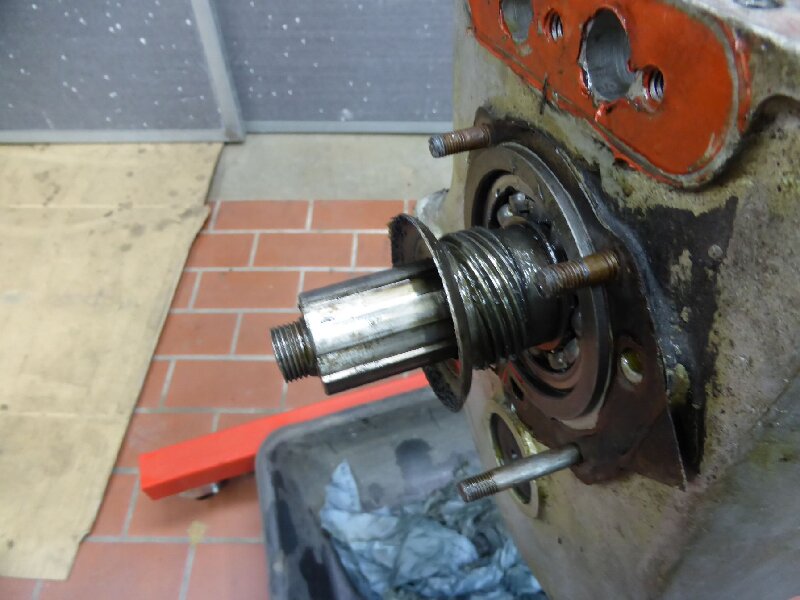  k-P1030516.JPG (313.03 KB) k-P1030516.JPG (313.03 KB)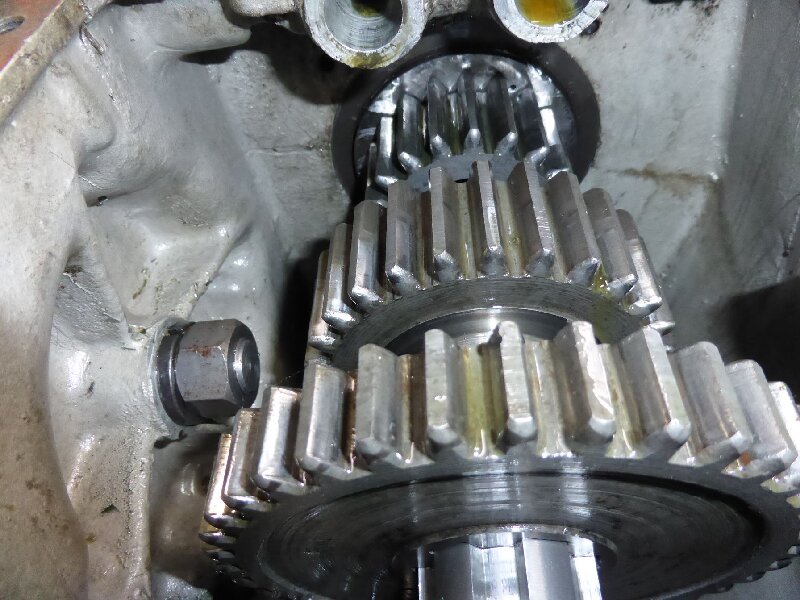  k-P1030519.JPG (402.70 KB) k-P1030519.JPG (402.70 KB)  k-P1030521.JPG (258.32 KB) k-P1030521.JPG (258.32 KB)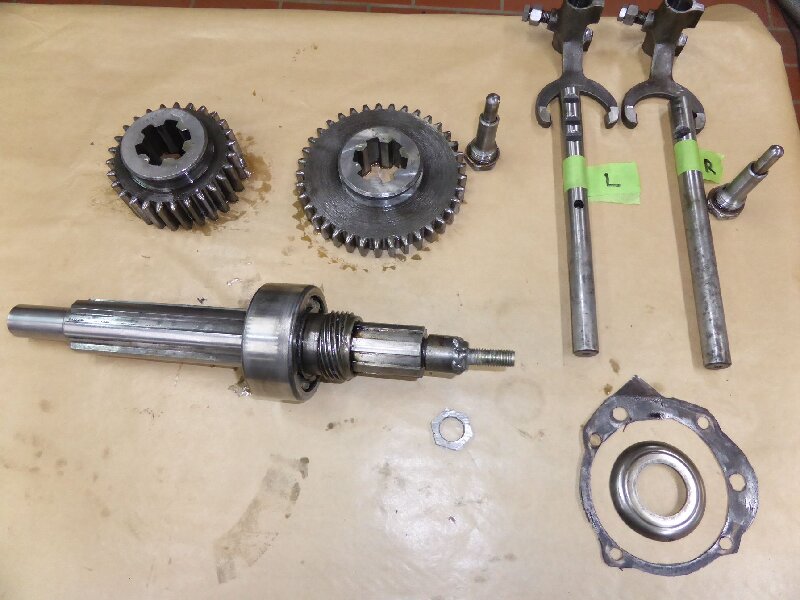  k-P1030524.JPG (249.87 KB) k-P1030524.JPG (249.87 KB)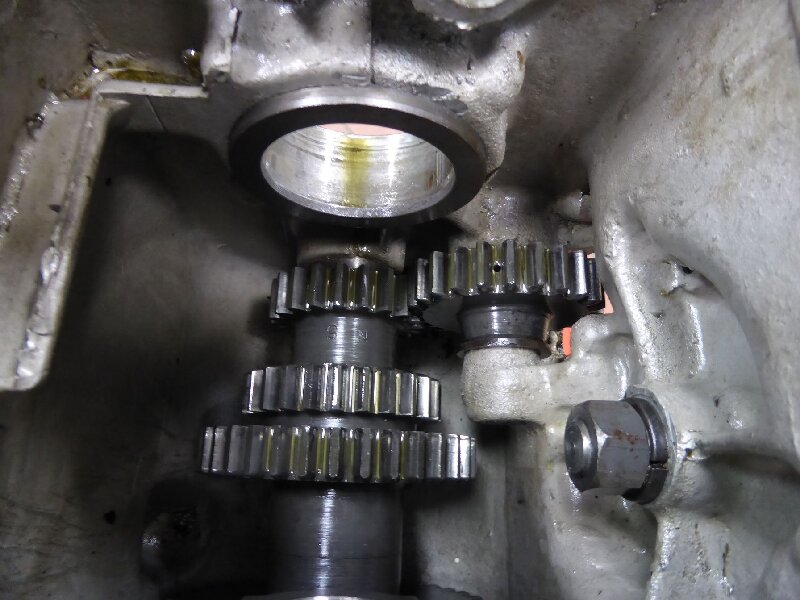  k-P1030527.JPG (285.07 KB) k-P1030527.JPG (285.07 KB)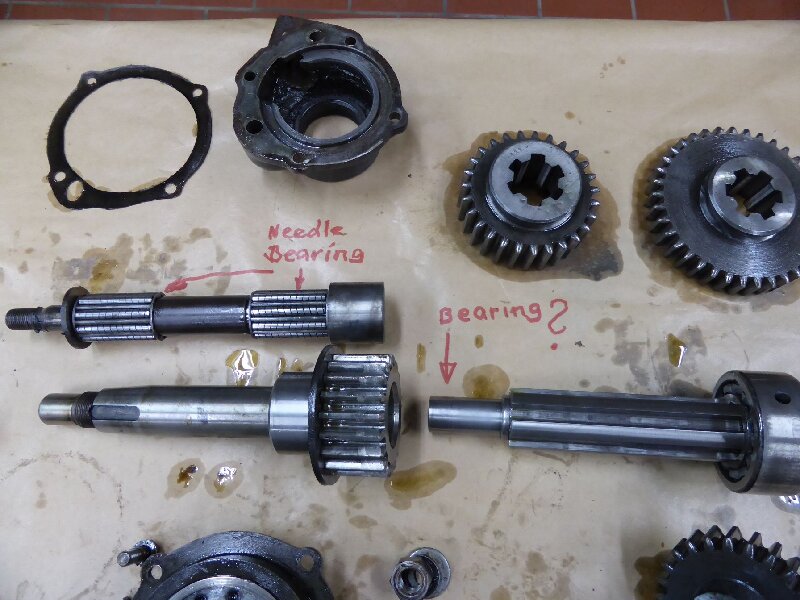  k-image1.jpeg (91.88 KB) k-image1.jpeg (91.88 KB)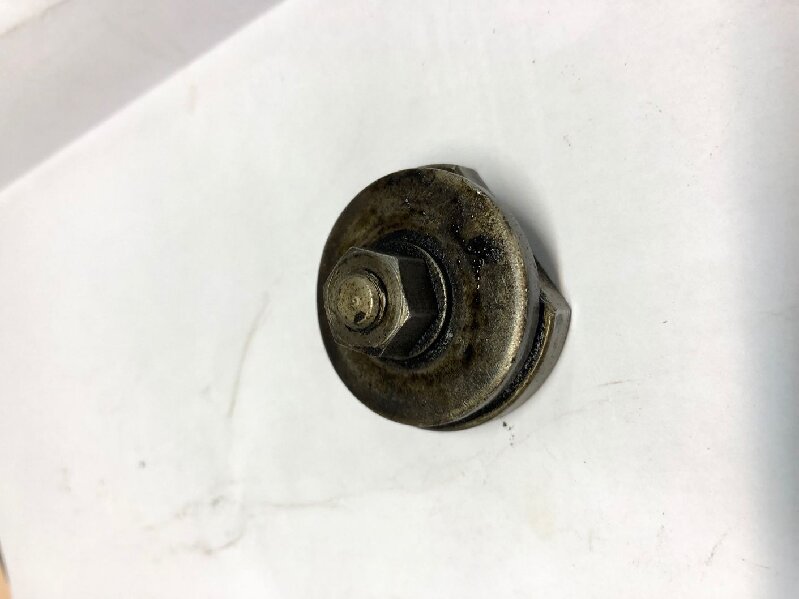  k-image2.jpeg (83.16 KB) k-image2.jpeg (83.16 KB)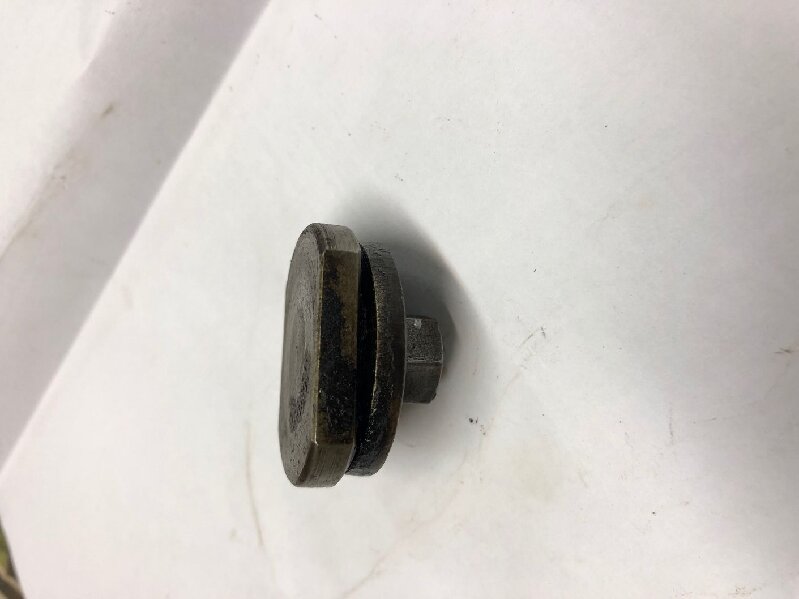  k-P1030542.JPG (209.75 KB) k-P1030542.JPG (209.75 KB)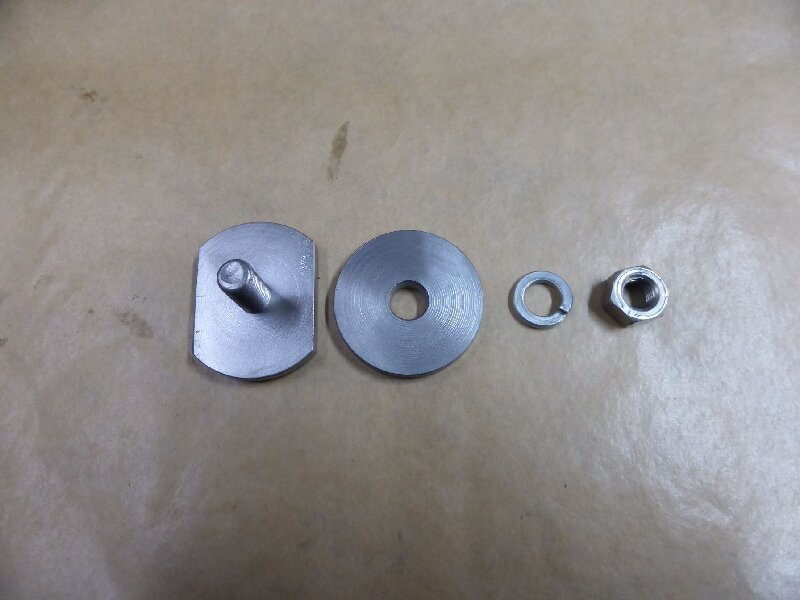  k-P1030543.JPG (144.26 KB) k-P1030543.JPG (144.26 KB)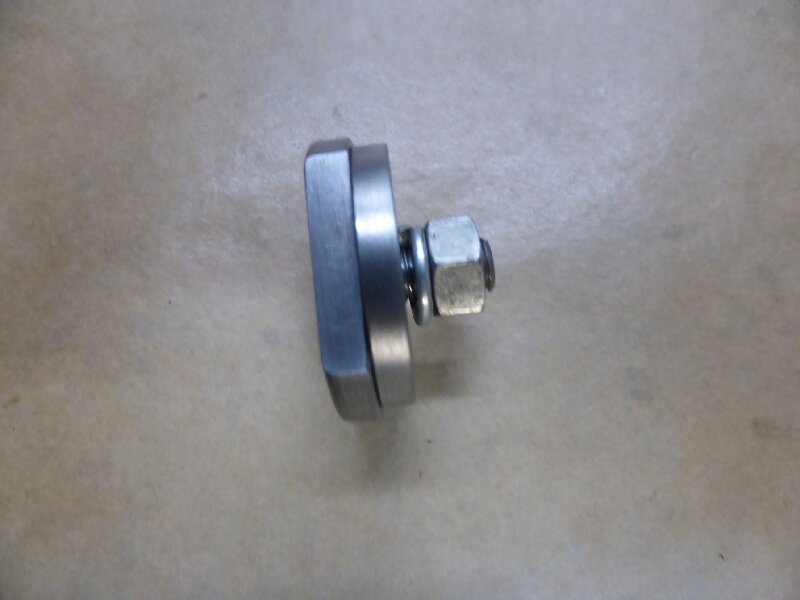  k-P1030555.JPG (189.12 KB) k-P1030555.JPG (189.12 KB)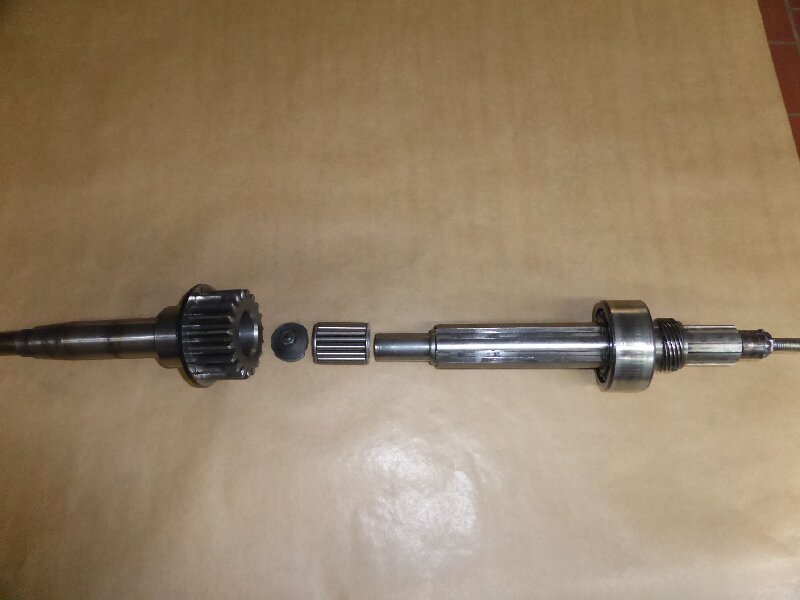
Posted on: 2024/3/15 12:12
|
|||
|
||||
|
Re: 1924 Sport 136
|
||||
|---|---|---|---|---|
|
Home away from home

|
By the way, here is another brilliant idea to “repair” an important and safety-relevant part on a US car. And that, although these brake lines include nuts in every length you need can be bought for a few dollars in every US car parts shop. So tell me WHO comes up with this idea.
I found this piece of incredible ingenuity under one of my two Cadillac covertibles (1953 Series 62 and !955 Eldorado) that I restored many years ago and which began my "American Period." Karl
Posted on: 2024/3/17 6:10
|
|||
|
||||
|
Re: 1924 Sport 136
|
||||
|---|---|---|---|---|
|
Home away from home
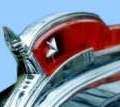
|
Quote:
...some serious mistakes that only a layman could make ... Karl, I'm not sure if only laypeople do this. I have often seen something like this in Eastern Europe. Self-made jacks, compressors with fire extinguishers as pressure bodies, widened open-end wrenches, self-forged tools, cars that consisted of three other cars, soldered-on filaments, self-cut gaskets, run-of-the-mill screws with recut threads, potato capacitors etc. etc. There are situations where the lack determines the direction. I'm thinking of roadside repairs on a winter night when driving home for Christmas, repairs in the village blacksmith shop in the 1950s, a godforsaken chicken farm in Alaska. Sometimes it's a time crunch, when you have the birthday presents in the trunk or a vacation trip after a hasty departure to a neighboring country with a poorly developed service network. While all of this is just mind games, one thing I know for sure is that real amateurs don't touch gearboxes (and if they did, a tow truck would be needed afterwards). But please don't get me wrong, dear Karl, I am a great admirer of your craftsmanship.
Posted on: 2024/3/17 9:06
|
|||
|
The story of ZIS-110, ZIS-115, ZIL-111 & Chaika GAZ-13 on www.guscha.de
|
||||
|
||||

